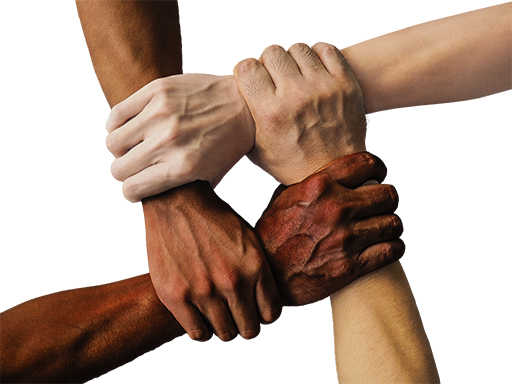1 Making sense of collective leadership theories
Collective leadership is an approach relevant to contemporary contexts and questions. That’s because it recognises that today’s big challenges – such as achieving racial equity and justice – cannot be adequately addressed by a single person, or indeed by single organisations working in isolation. Instead, such issues need multiple inputs in order for a difference to be made possible.
Collective leadership theories focus on two dimensions.
The first is how leadership responsibilities can be dispersed among people (Gronn, 2002; Sutherland et al., 2014), that is, how the duties of being a formal leader are shared in a group. The advantages of this are that organisations can: a) develop leadership talent from a wider group of people; b) enhance diversity in leadership positions; c) increase organisational commitment and motivation. The disadvantages of this approach are that: a) responsibility can be too thinly spread, losing sense of who can be held accountable; b) unwanted or undesirable tasks can be offloaded by the most senior people in an organisation, meaning that more of the ‘dirty work’ (and blame) is absorbed by more junior people (Collinson et al., 2018).
The second involves focusing on shared processes of leadership, i.e., the communication that generates leadership (Cunliffe and Eriksen, 2011; Ladkin, 2020; Smolović Jones et al., 2016). Over the next two weeks of study you will engage with key communication practices that seem important in generating better collective leadership.
This shared process view involves a profound shift of perspective. Put aside any concerns about how you may appear to others and instead ask: ‘What can I do to enhance my colleagues and the process?’ and from the perspective of race: ‘What can I do to influence this process to enhance racial equity and justice?’ This is a liberating view – you no longer need to feel self-conscious about how you look and sound, because your concern is caring for the whole process.
Part of that process is holding leadership conversations, which is your next focus.

